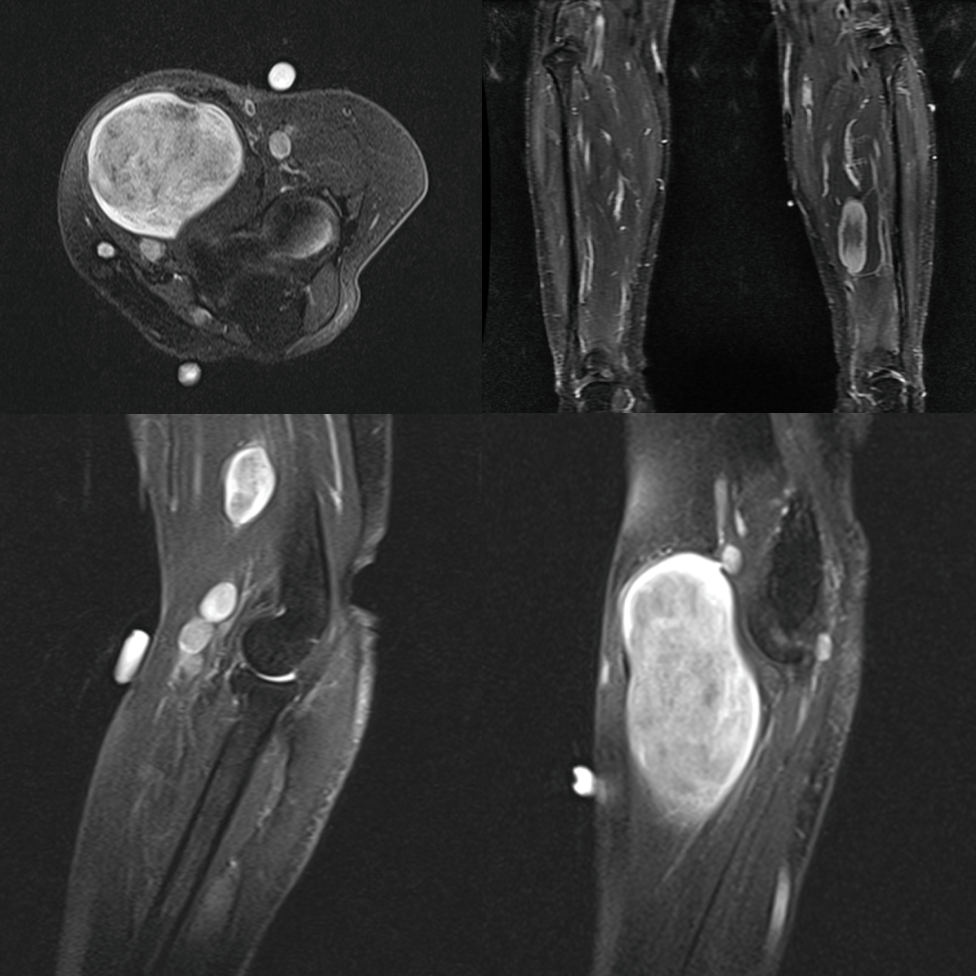
Neurofibromatosis type 1 (NF1) is a genetic disorder that affects the growth and development of nerve cell tissues. This can lead to the development of tumors (neurofibromas) along nerves in the skin, brain, and other parts of the body. NF1 is a lifelong condition with a wide range of symptoms that vary greatly in severity from person to person. It is one of the most common genetic disorders, affecting approximately 1 in every 3,000 births.
A diagnosis of NF1 is typically based on a thorough clinical examination and the presence of two or more of the following criteria established by the National Institutes of Health (NIH):
Six or more café-au-lait spots: These are flat, light brown spots on the skin that are often present at birth or appear in early childhood. In individuals before puberty, these spots must be at least 5 millimeters in diameter, and after puberty, at least 15 millimeters.
Freckling in the armpits or groin: Small clusters of freckles in these areas are a common sign.
Two or more neurofibromas of any type, or one plexiform neurofibroma: Neurofibromas are benign tumors that grow on or under the skin or along nerves. Plexiform neurofibromas are larger tumors that involve multiple nerves and can grow extensively.
Optic pathway glioma: A tumor on the optic nerve.
Two or more Lisch nodules: These are benign, brownish spots on the iris (the colored part of the eye) that usually don't affect vision.
A distinctive bony lesion: This can include sphenoid wing dysplasia (a malformation of a bone at the base of the skull) or tibial bowing (curvature of the shin bone) with or without pseudoarthrosis (a false joint).
A first-degree relative (parent, sibling, or child) with NF1: In individuals who have one of the above features.
Genetic testing for the NF1 gene mutation can also be used to confirm a diagnosis, especially in cases where the clinical criteria are not fully met.
Currently, there is no cure for NF1, and treatment focuses on managing the various symptoms and complications that can arise. Management is multidisciplinary and tailored to the individual's specific needs. It may involve a team of specialists, including neurologists, dermatologists, ophthalmologists, orthopedists, oncologists, and geneticists.
Treatment strategies may include:
The outcome for individuals with NF1 is highly variable. Many people with NF1 have mild to moderate symptoms and can lead full and productive lives with regular monitoring and management of specific issues as they arise. However, some individuals may experience more severe complications that can significantly impact their quality of life and life expectancy.
Potential complications of NF1 include:
Regular monitoring by a team of experienced healthcare professionals is essential to detect and manage potential complications early, thereby improving outcomes and quality of life for individuals with neurofibromatosis type 1. Ongoing research continues to advance our understanding of NF1 and develop new therapeutic strategies.
To schedule your consultation, please use the form below. You could also do so by contacting the office directly by phone at (213) 262-8787, email at team@acousticneuroma.co, or visiting our offices at 415 N Crescent Dr, Suite 110, Beverly Hills, CA, 90210 and 1828 E Cesar E Chavez Ave, Ste 6200 Los Angeles CA, 90033.
Our Los Angeles-based surgical team, including Dr. Zachary R. Barnard, practicing at Cedars-Sinai Medical Center, Dignity Health Northridge Medical Center, and PIH Health Good Samaritan, and Dr. Kevin A. Peng at the renowned House Clinic serve both US-based and international patients.



We accept all insurances but contact us if you have further questions.